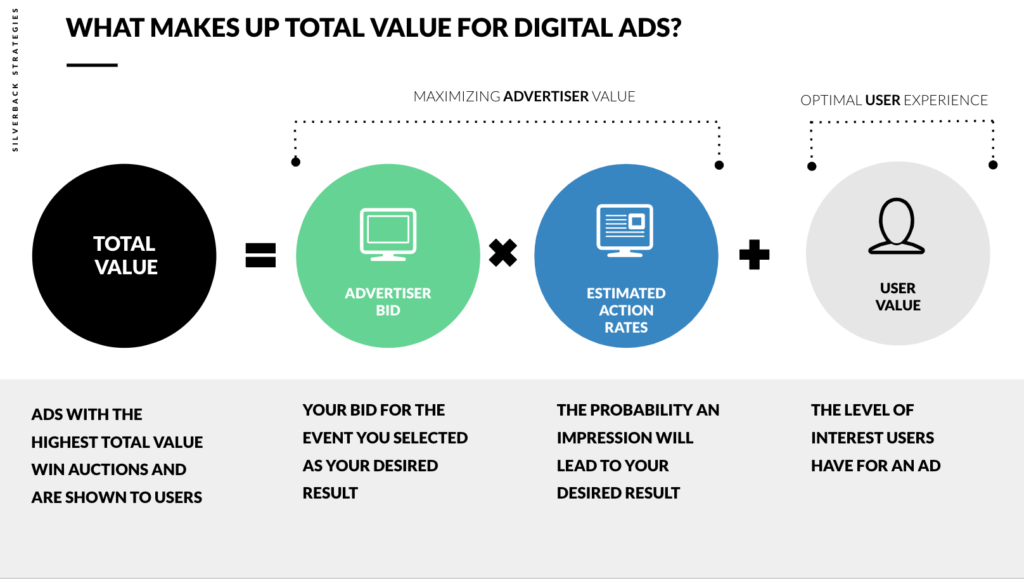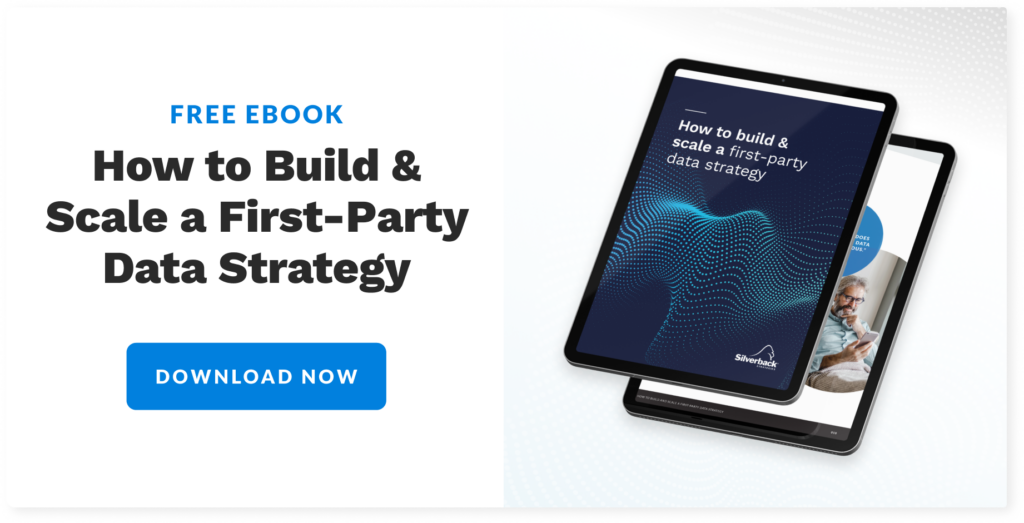Blog: How to Build a Creative Team for High-Performance Paid Media Campaigns
Table of Contents
Paid media advertisement performance will rely heavily on testing creative, but these tests take time. This is why marketing leaders need to learn how to build a creative team for high-performance campaigns.
According to a 2017 Nielsen study, creative elements accounted for 47% of ad performance—the largest contributor. This means creative elements may be the single biggest driver of action rates, an amplifier of an ad’s total value (see the illustration below). This is why it’s critical to have a strong creative strategy.

Now that we’ve established why creative is so important to paid media campaigns, let’s dive into some of the challenges and solutions in learning how to build creative teams that align with paid media goals.
Challenges Between Creative and Paid Media Teams
CMOs are faced with balancing in-house vs outsourced resources — a major pain point and key part of establishing the right marketing team structure. Specific to creative and paid media teams, it can be a challenge to collaborate. Whether both teams are in-house, outsourced to an agency, or some combination, these two teams often runs into three key stumbling blocks:
- Tight turnarounds. A sense of urgency to push something out to key audiences can result in cut corners and poor creative. It’s crucial that creative and paid media teams map out campaigns as far in advance as the strategy allows.
- Empty toolboxes. If a creative team doesn’t have the assets or knowledge they need to build the creative suite, some placements or formats can be at-risk. If the paid media team isn’t aware of the creative possibilities, new opportunities could be left on the table. Bottom line: not having the right tools from the start can result in missed opportunities and sub-par performance.
- Lack of communication. It’s essential for both parties to understand the full breadth of the campaign. Do we have a landing page? Is there a video component? How do the static formats maintain a cohesive look with the dynamic pieces? What are the value propositions that must be included in the copy?
How to Strengthen Relationships Between Creative and Paid Media Teams
Effective collaboration between these two teams must start with both parties having a firm understanding of what the other knows and needs in order to be successful. This goes from campaign goals and target audiences to brand guidelines and ad platforms.
Strengthening the relationship between paid media and creative teams has been an ongoing priority at Silverback. Here’s some perspective from leaders within our agency on how to build a creative team that has a strong relationship with paid media:
1. Connect outside the creative brief.
“The Paid Team is responsible for getting them a standard amount of information for our Creative Teams to take and run with. This information includes goals like awareness, traffic, leads or sales; platforms; the CTA; brand guidelines; and the desired look and feel, if that’s been specified by the client,” Andrew Fuchs, Director of Paid Media and Analytics says. With that information, a face-to-face (or virtual) meeting allows both parties to ask questions and brainstorm ideas that a Slack or Google Doc doesn’t enable.
2. Make room for creative iterations.
This principle works against the tight turnaround curse we mentioned earlier. Making room for creative iterations in the beginning can ultimately save a lot of time for future campaigns. “Whether it’s color, typography, layouts or visual elements, it’s essential that we carry the same aesthetic throughout all visual assets,” says Amy Zepf, Silverback’s Creative Director. “As designers, we are responsible for defining this standard look and feel based on the brand guidelines. From there, we create an adaptable process so our assets are cohesive. This typically results in a campaign’s success—based on how the client defines it.”
3. Make data and insights readily available.
We are performance marketers through and through. It’s not just about brand alignment or platform best practices. Did the campaign drive the intended result? The Paid team shares these insights with the Creative team so they can digest the results and identify opportunities for improvement, or more learning, in the next campaigns.

How to Foster Two-Way Communication between Creative and Paid Teams
Each team brings valuable expertise to the table. And once each party trusts the other, the results are typically innovative campaigns that meet performance goals. Creative teams are able to understand how audiences are formed and other meaningful characteristics. On the other hand, paid media teams are able to understand creative trends on ad platforms so they can maximize their impact.
It’s in these conversations where the collaboration really shines as we discuss campaign learnings, creative iterations, A/B testing opportunities or new platform experimentation.
This is why it’s important to have a systematic feedback loop to facilitate these conversations. As you learn how to build a creative team, the size of paid media campaigns will influence how frequent these feedback loops should happen.
Tools to Help Build Creative Team Alignment with Paid Media
The intersection of spot-on audience targeting, ads that drive action, creative that stops a person mid-scroll is a territory that paid and creative teams must venture into together. Whether it’s Facebook, Instagram, LinkedIn, Google or YouTube, marketing leaders are offered a window of opportunity that can be missed if they don’t know how to build a creative team the right way and align them with paid media campaigns.
Even ad platforms have built-in tools to foster this creative alignment. Create with Google provides more than just placement specs and ad format overviews. The tool answers basic questions and also provides a narrative about creative capabilities and audience connections that can be formed.
Similarly, Facebook Creator Studio provides a space for content libraries to come to life. It offers insights related to performance so paid and creative teams can make informed decisions together.
Connect Your Campaign to a High-Performance Creative Team
Silverback’s team of experts can improve your paid media campaigns with performance creative, actionable insights, meaningful experimentation and new platform exploration. Find out how. Contact us today.


